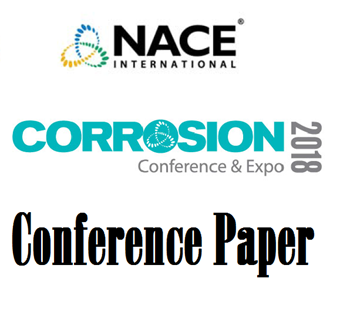Search
01061 Rotating Cage - Top Ranked Methodology for Inhibitor Evaluation and Qualification for Pipeline Applications
Also Purchased
51315-6107-Simulating Pipeline Flow Using the Rotating Cage Method
Product Number:
51315-6107-SG
ISBN:
6107 2015 CP
Publication Date:
2015
$20.00
Appropriate Rotating Cage Speed for Testing Inhibitors Under Field Simulated Flow Conditions
Product Number:
51317--9148-SG
ISBN:
9148 2017 CP
Publication Date:
2017
$20.00
51318-10903-Evaluation of corrosion inhibitor with high speed rotating cage
Product Number:
51318-10903-SG
Publication Date:
2018
$20.00




